Gnadenthal Monastery on the Reuss river near Niederwil in Canton Aargau has been a nursing home since 1894 and is called the "Reusspark". From the 13th century until the middle of the 19th century it was a Cistercian convent.

In its basic features the monastery is still today as it was originally. After the second abrogation, the monastery was a tobacco factory for almost thirteen years until it was converted into a nursing home for the needy.
Photos of the monastery, the chapel and the cloister:
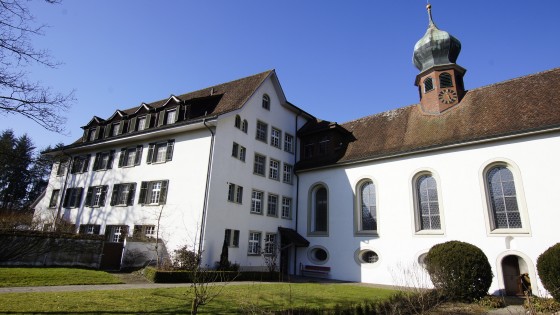
On the ridge of the chapel rises an octagonal ridge turret with a striking onion dome.

The baroque altars of the chapel

At the altarpiece, the founder of the Cistercians, St. Bernard of Clairvaux, kneels before the Virgin Mary.
Click on the altarpiece to enlarge; you can also click on the two saints on the left (Charles Borromeo) and right (Rochus), both of whom are plague patrons!
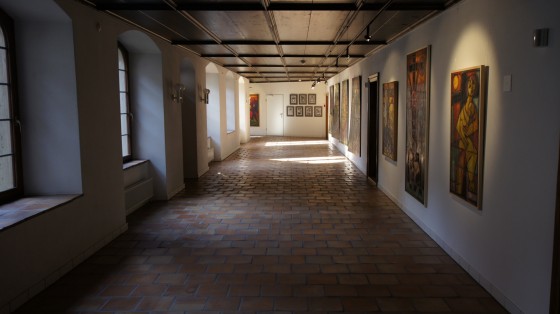
The simple cloister is used for exhibitions.
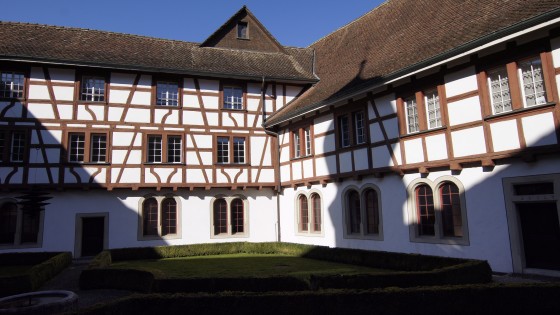
The inner courtyard of the cloister is surrounded by originally preserved buildings.
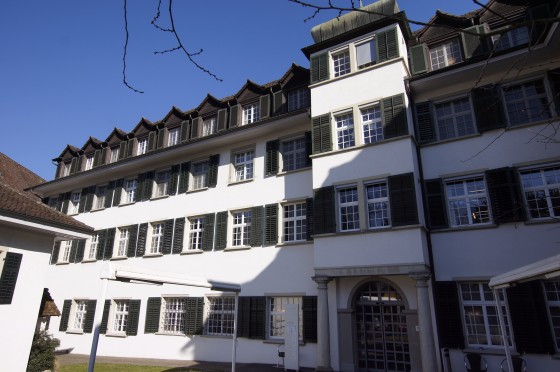
The entrance to the nursing home, a modern addition. Through it one reaches the chapel and the cloister. The former refectory houses a museum.
The abbess's room with a picture of the Virgin Mary (Maria Hilf) has been preserved.
From 1297 onwards, the women's convent was looked after economically and pastorally by the Cistercian monastery in Wettingen. The early history of the monastery is connected with Agnes of Hungary from the Habsburg dynasty.
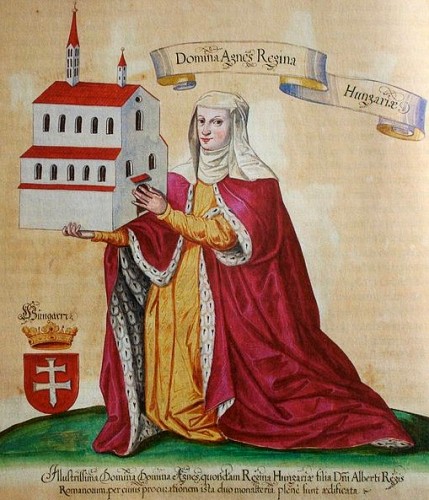
She was the daughter and the eldest child of the German King Albrecht I. She married the Hungarian King Andreas III Queen Agnes of Hungary planned to convert Gnadenthal into a monastery of the Poor Clares, for which she received permission from the Bishop of Constance. However, after the murder of her father, King Albrecht I, in 1308, she changed her plans and instead devoted herself entirely to the Königsfelden Monastery near Windisch, which her mother had founded (Clarissan and Franciscan Monastery.) Thereupon, in 1310, Gnadenthal took over the order rules of the Cistercians.
